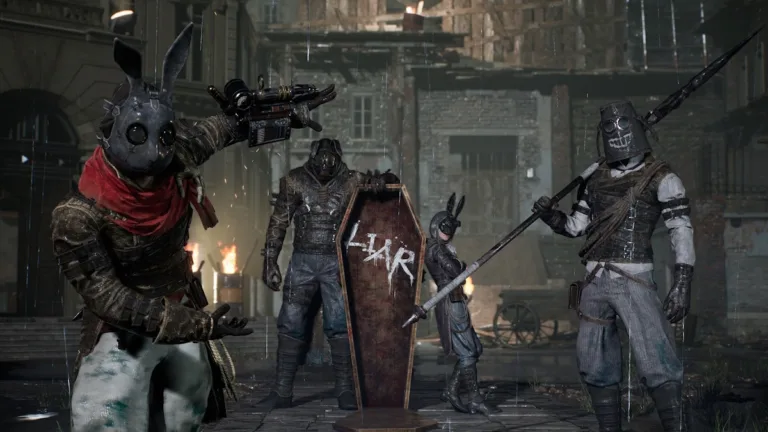The Last of Us Part I’s PC Port in Bad Technical Shape, Developer Investigating Performance Issues
The Last of Us Part I was finally released on PC on Tuesday, March 28, and it’s already getting bombarded with negative Steam reviews. At the time of writing, the game has a 33 percent positive rating, mainly owing to the broken state it was released in. Since its launch, there have been multiple reports in regard to performance issues, ranging from hard crashes, stuttering, poor optimisation, and long loading times. Developer Naughty Dog remade its 2013 magnum opus for the PS5 last year and originally planned on porting it to PC on March 3. However, it was then delayed to March 28, in light of ensuring that the game debuts in ‘the best shape possible’. Sadly, things don’t seem to have gone according to plan.
In a tweet, Naughty Dog confirmed that it’s ‘actively investigating’ the issues. “We will continue to update you, but our team is prioritizing updates and will address issues in upcoming patches,” it reads. Prior to its launch, it seems that media outlets and content creators have not been provided with a press copy for The Last of Us Part I PC, which is quite unusual for Sony, as it has consistently sent review codes days — and sometimes, weeks in advance.
This time, developer Iron Galaxy was entrusted with the job of porting the game over to PC — the same group which was responsible for Batman: Arkham Knight’s disappointing PC port back in 2015. While it did a decent enough job with Uncharted: Legacy of Thieves Collection in 2022, TLOU’s port seems to have been rushed out.
The Last of Us Part I PC System Requirements and Features Revealed
The Last of Us Part I PC players: we’ve heard your concerns, and our team is actively investigating multiple issues you’ve reported.
We will continue to update you, but our team is prioritizing updates and will address issues in upcoming patches.
— Naughty Dog (@Naughty_Dog) March 28, 2023
Gadgets 360 can confirm player reports regarding the game’s ‘Shader Building’ process, which in addition to being time-consuming, was causing random freezes. The Last of Us Part I’s PC settings lean more toward CPU usage leading to micro stutters, while the graphics memory easily maxes out at medium settings. Players have also been reporting game crashes while idling in the main menu as they wait for shaders to build, in addition to encountering loading screens during cutscenes in-game.
“Pre-purchased & pre-loaded. Launched it as soon as it was ready. Went to the settings. Turns out this game is eating up nearly 10GB of VRAM at 1440p max settings (game defaulted the settings to maximum),” a Steam user wrote. “I’m running an RTX 3080 Ti with 12GB VRAM, mind you. Never could get past the menu screen which always crashes when the game displays a notification at the bottom right corner that reads ‘BUILDING SHADERS’.”
Players on the Steam Deck have been reporting issues as well — claiming that shaders are taking at least an hour to build, whilst running at 30fps on measly Low–Medium graphics settings. Bear in mind, Steam only allows for two hours of play time, before which you can request a refund. Poor game optimisation has been a common issue for PC gamers lately — Gotham Knights and the more recently-released Wo Long: Fallen Dynasty are great examples of that, running with micro stutters even at the lowest settings. Even Hogwarts Legacy on PC requires dedicated time to build shaders upon every launch, albeit the optimisation isn’t as bad.
The Last of Us Part I is now available on PC via Steam and Epic Games Store. That said, I don’t recommend that you purchase it until performance patches are released.







